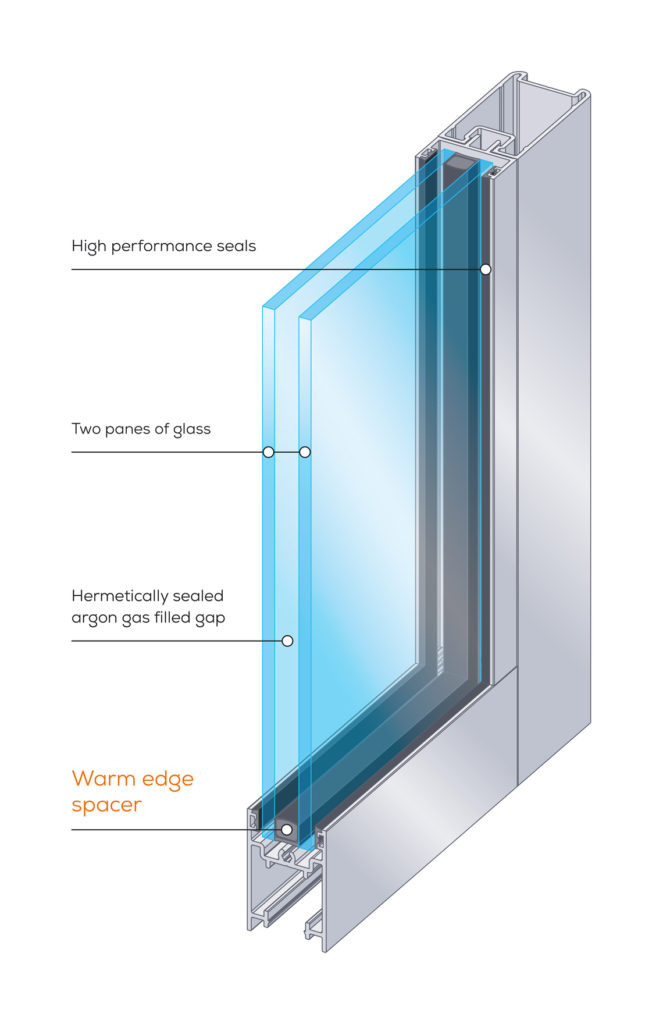All Categories
Featured
Table of Contents
How Are Double Glazed Windows More Energy Efficient? in Kewdale WA
That window can transmit more solar heat in winter than in summertime. A west-facing window on a summertime's afternoon has an angle of incidence from near 0 approximately 30 with a large reliable location of solar radiation. A north-facing window, in summer, has a high angle of occurrence and a low reliable area of solar radiation, so can transmit less heat than a west-facing one.
![Best Way To Block Sun Heat From Windows [Professionally] in Westminster Western Australia](https://the-riotact.com/wp-content/uploads/2021/05/TwinGlaze-ACT-Team-Photo-1-1200x630.png)
However you can quickly and quickly enhance the thermal efficiency of your home by replacing your windows. This is among the most reliable techniques of renovation to accomplish enhanced thermal comfort. There are thousands of types of glass and frames to pick from. Picking the ideal ones is essential to enhancing the energy efficiency of your home.
Benefits Of Replacing Double Glazing Windows In The Summer in Midland Western Australia
There are many various types of glass items to select from. Single glazing utilizes a single pane of glass. Single glazing with clear glass is not really efficient when it concerns heat loss or gain. To improve performance, you can utilize single glazing with a more energy-efficient kind of glass such as low emissivity (low-e) glass.
The energy efficiency of IGUs also depends on: the residential or commercial properties of each layer of glass. Various glass types (for example, clear and low-e glass) can be put together in an IGU.
Double Glazed Windows Melbourne - Upvc - German ... in Mullaloo WA

IGU cavities can be filled with air or a more inert, low-conductivity gas such as argon the width of the cavity. Cavity thickness is generally 6 to 18mm. Broader cavities provide lower (much better) U values, with 12mm usually accepted as the favored gap how well the cavity is sealed. Cavities must be dry and well sealed to avoid wetness getting in.
If argon is installed to the cavity in place of air, moisture is dependably left out the level of desiccant (drying agent). The spacer (metal or polymer strip) that separates the glass layers contains a desiccant to take in any moisture. Insufficient desiccant may trigger moisture to condense on the glass surface area in cold conditions, decreasing thermal efficiency.
Which Type Of Glass Is Best For Energy Efficiency? - A&l Windows in Ocean Reef Western Australia
In truth, IGUs can provide much better energy efficiency for all climates, particularly in heated and air-conditioned houses. Cross-section detail of single, double and triple-glazing units Low emissivity glass (typically referred to as low-e glass) lowers heat transfer. Low-e glass may be either high or low transmission: High transmission low-e glass has a finishing that allows daylight from the sun to enter your house to attain great solar heat gain, however reduces the amount of the long wavelength infrared heat that can get away back through the window.
Low-e glass has either a pyrolytic finish or a vacuum-deposited thin film metal finishing. Pyrolytic finishes are durable and can be used for any glazing; vacuum-deposited coatings are soft and are only used within IGUs. Low-e finishes can substantially enhance both U worth and SHGC; however, they should be used properly or they will either deteriorate or fail to carry out as required.
Double Glazed Windows: A Complete Guide in Hovea WA
Low-e coverings can be used in mix with clear, toned or reflective glass. Low-e coatings on glazing can reduce heat transfer where required Photo: Department of Market, Science, Energy and Resources Toned glass has actually colouring ingredients consisted of throughout manufacture. It is readily available in numerous colours, typically bronze, grey, blue and green.
Latest Posts
Pros And Cons Of Argon Gas In Windows in Ridgewood WA
Does Double Glazing Have A Vacuum? in Shoalwater WA
Double & Triple Glazing Windows In Warwickshire in Perth